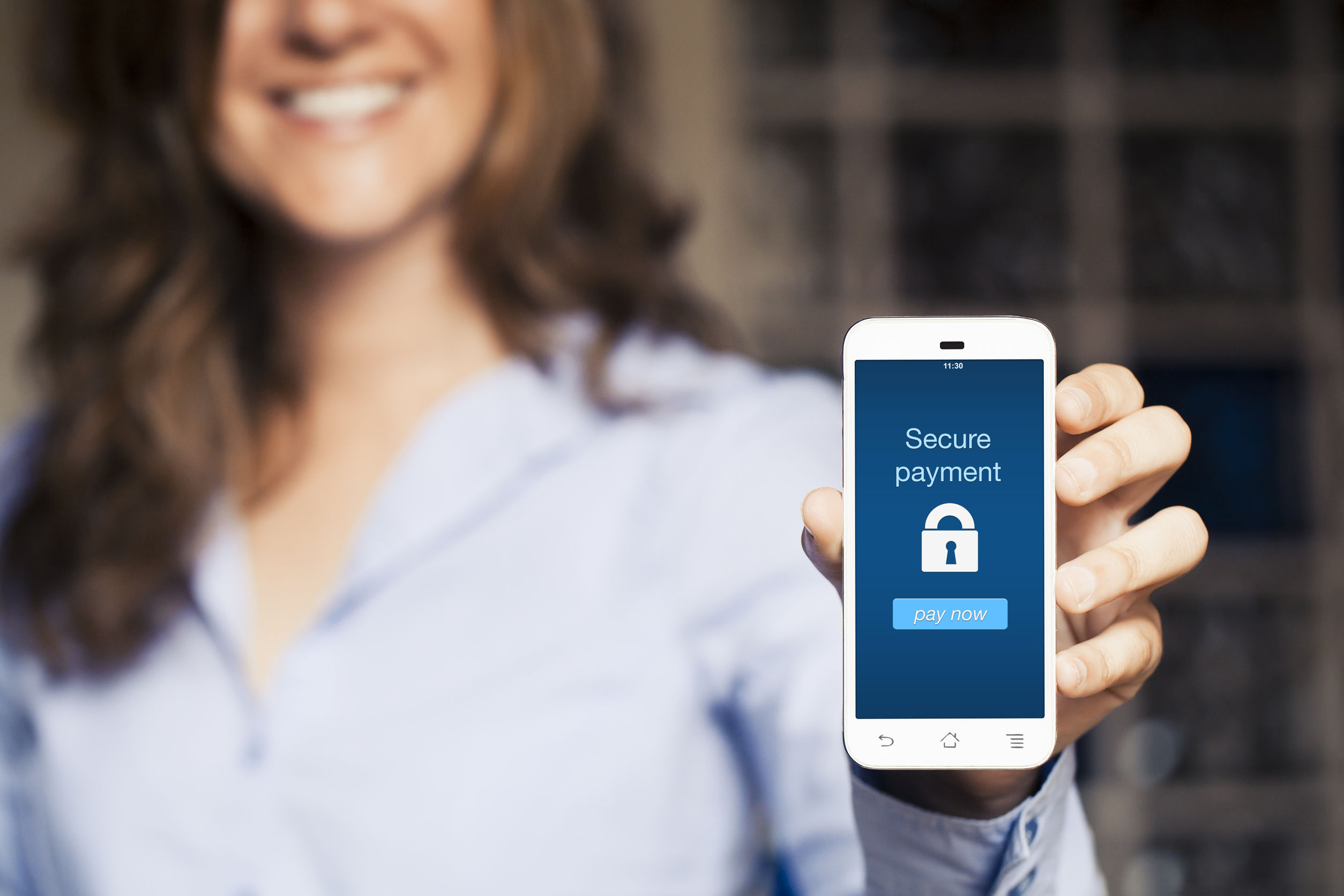This time a year ago, the word “pandemic” seemed like a far-off phrase used only in history books to describe horrible events that shaped the world. But today it’s part of our reality, and it’s a reality that’s altered the face of business and the global economy.
As COVID-19 spread first from Asia then to other parts of the world, government leaders here in the U.S. at the federal, state, and local levels sought ways to curb the virus spread while trying to keep essential services operational.
As stay-at-home orders spread from coast to coast, “non-essential” companies were left scrambling to figure out how to stay afloat when workforces either couldn’t come onsite or where team numbers dropped drastically and conditions changed inside offices and facilities around the country.
For retailers and other services providers, this new normal meant not only having to make workforce adjustments, but also adapt to new ways of doing business to reach customers and clients. Companies that previously relied on walk-in business or onsite transactions suddenly had to figure out how to move into the digital realm to keep going.
Move to Digital Payment Processing
Long before the coronavirus changed the working landscape — and fueled by more card-based transactions — many companies were already considering a move to more convenient digital payment options for customers.
According to the U.S Federal Reserve, between 2015 and 2018, debit and credit card payments increased almost 9% each year. By 2018, the most recent data in the study, the value of remote card payments equaled in-person payments. Today, with social distancing and many facilities closed to the public, it’s likely we will see even bigger growth in remote payments values for 2020.
Back in February, before the heart of the outbreak, the global digital payments market was valued at more than $3885 billion, and that’s expected to increase to more than $8686 billion by 2025. Of that total value, the average transaction value per mobile point-of-sale (POS) payment user is more than $3,647.
The report also indicates that online and ecommerce payments that don’t require a card in-hand had a higher growth rate — 23% over the previous year — compared to card-in-hand transactions.
Digital payment is becoming the payment method of choice for most consumers, and it’s driven largely by the proliferation of mobile devices such as smartphones and tablets, many of which have digital “wallets” that remove the need for handling actual cards for transactions.
If you haven’t yet adopted remote payment options for your customers, there may never be a better time. Because of coronavirus, social distancing may continue for weeks or months longer. The information at this point is still uncertain. That means you’ll need ways to collect payments from your customers without engaging in-person. So where do you begin?
Here are a few steps that can help you adopt a digital payment system for your business:
Virtual Terminals
First, consider adding a virtual terminal to your traditional point-of-sale (POS) system. The virtual terminal can also serve as your credit card payment system and they’re great to have as backups to your onsite payment terminals.
You can access your virtual terminal to process customer payments from any device, like a computer, laptop, tablet, or smartphone, that has an internet connection.
Unlike a traditional in-house payment system, you don’t swipe or tap a card to complete a transaction. Instead, you manually enter your customer’s payment information into the system for processing. For example, your customer calls in for service and instead of paying in person, the customer can give you payment card information and you can enter it into the system directly.
To lessen the likelihood of fraud and to potentially decrease the overall expense of purchasing a virtual terminal system, look for terminals that have an Address Verification System (AVS). AVS allows you to enter additional verification information such as an address to decrease the likelihood of fraud and ensure legitimate transactions.
Your existing card payment processor should be able to help you add a virtual terminal to your existing account.
Text Payments
Another great option during social distancing is text payments, and it’s a system many of your customers may love.
With text-to-pay, you can text an invoice directly to your customer’s mobile device and they can make a payment when it’s convenient.
This is a particularly great option for companies that offer services, for example home or business repairs. You can send a technician to do the work and instead of waiting around to complete an invoice and engage for a transaction, your employee can complete the required task and then send an invoice remotely from wherever they are.
Smartphone Terminals
It’s likely that soon more non-essential businesses will be allowed to reopen, but what exactly that looks like remains uncertain. In some states where this has already happened, businesses are offering curb-side pickup for a variety of products, not just food. This is a great place to use smartphone terminals. All you need is an internet or cellular connection.
There are a few ways companies offer these mobile payment options. One is with a card reader that connects to your device. You simply swipe the card from the reader to complete the transaction. Some companies even offer small handheld devices that can electronically process the transaction without having to use your personal device.
Integration is Key
Regardless of your remote payment option of choice, be sure that your digital services fully integrate within your existing business management software solution.
For example, aACE integrates directly with a variety of payment processing options to ensure you have seamless access to all your data when you need it. With aACE+ OpenEdge and aACE+ SagePay you can execute credit card, debit card, and ACH payments with ease from within your aACE solution. To learn more about payment processing, check out our feature highlight on aACE+ Payments. Then register for an upcoming webinar to learn more about what aACE can do for your business.




